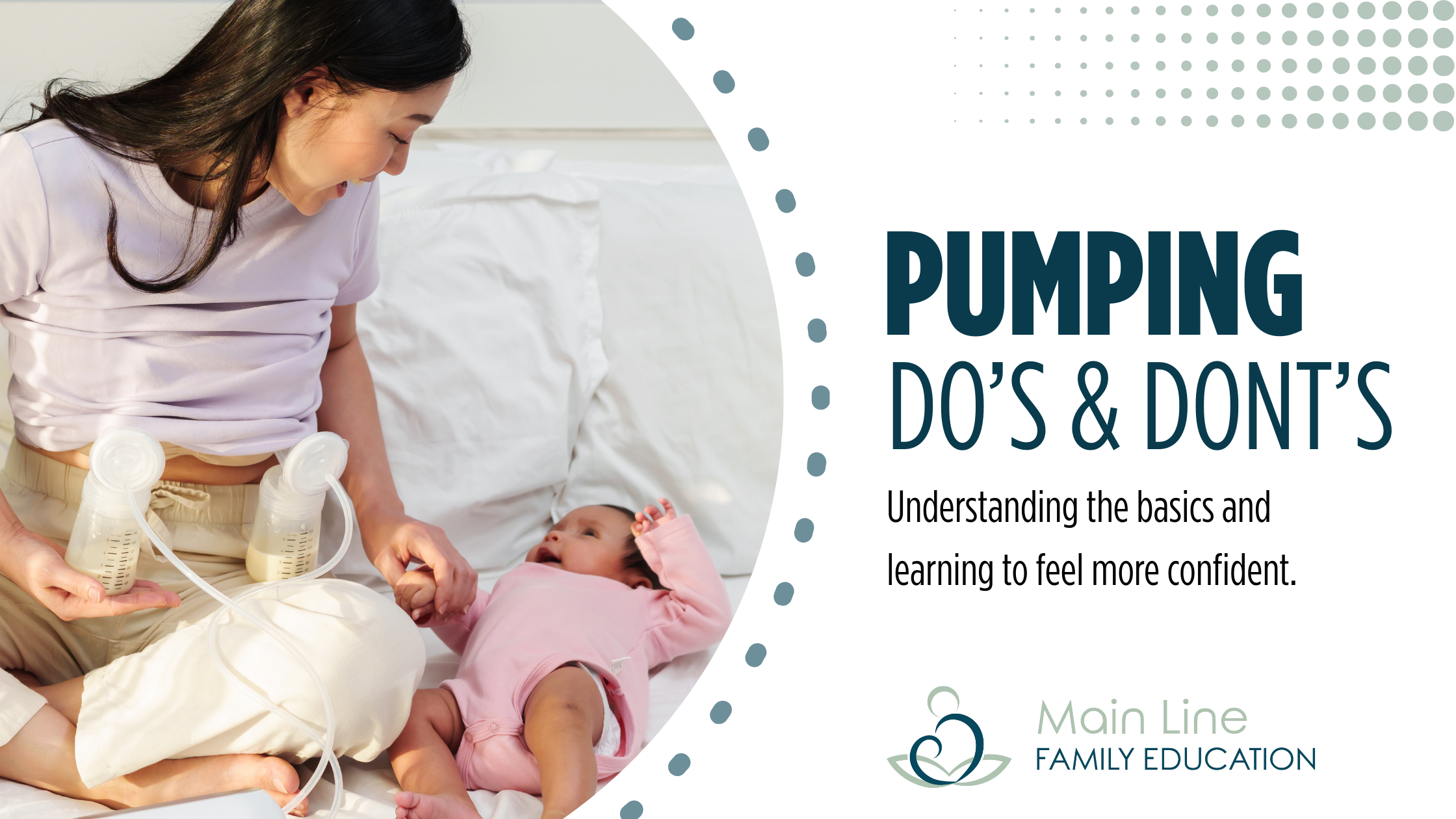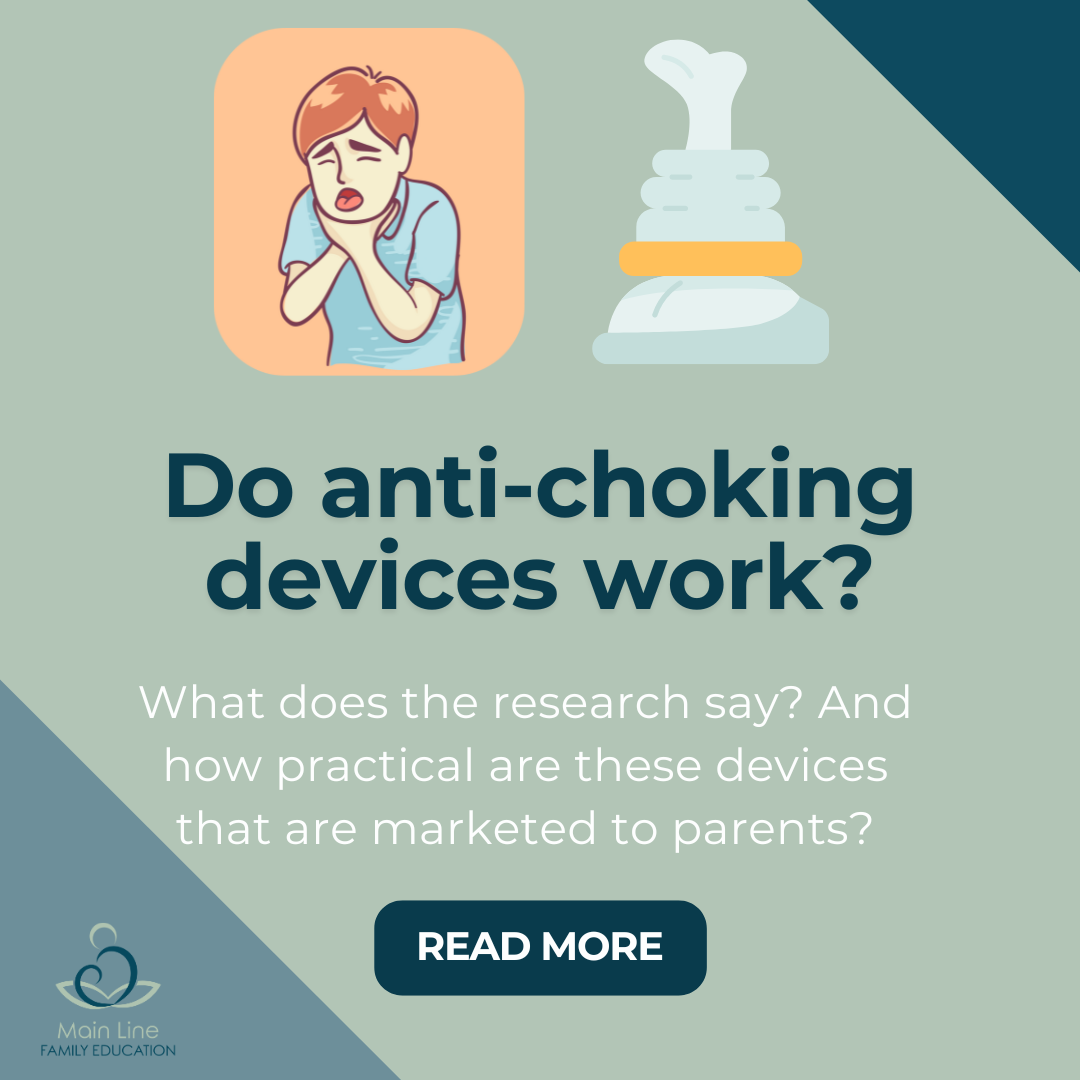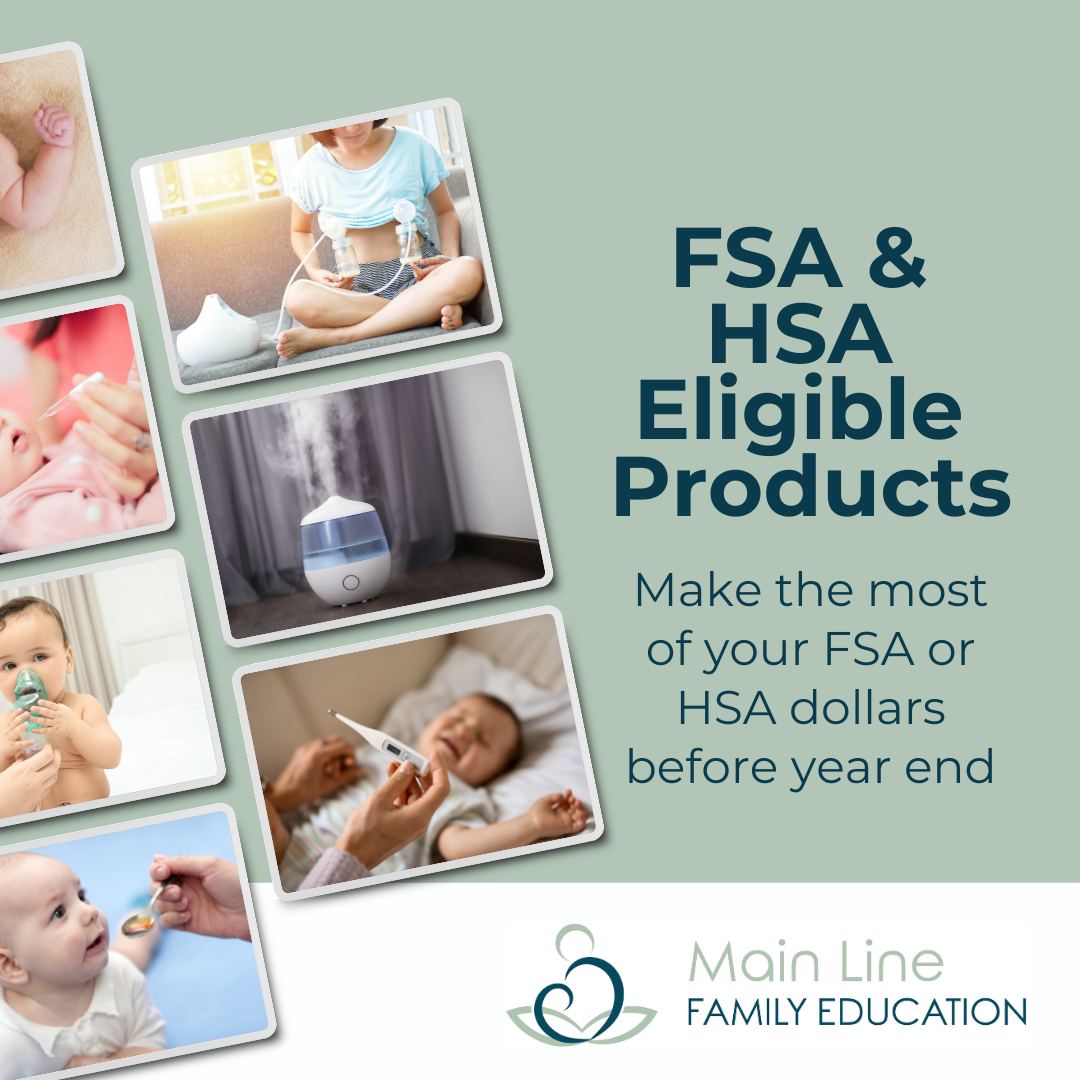The Ultimate Guide to Pumping: Do’s, Don’ts & Tips

Whether you’re just starting your pumping journey or getting ready to return to work, understanding the basics can make all the difference. Brooke Azevedo, IBCLC, our Breastfeeding 101 instructor, shares all her do’s and don’ts of pumping and how to take care of your pump parts for maximum comfort and efficiency!
And for those expecting a baby, learn all about this and more in Breastfeeding 101 in advance of baby’s arrival! Brooke is a wealth of knowledge with the warmest demeanor. The class is also available on-demand, too.
Pumping Do’s: Set Yourself Up for Success
- ✅ Get Fitted by a Pro – Work with an IBCLC (International Board Certified Lactation Consultant) trained in pump fittings. Most people are given flanges that are too big (yes, 24mm is often too large). A proper fit makes a world of difference.
- ✅ Lubricate Your Flanges – Make pumping more comfortable with a little coconut oil, shea butter, or a pump spray. Your flanges should fit snugly, not tightly.
- ✅ Go Hands-Free – Invest in a good hands-free pumping bra. It frees you up and makes sessions much easier to manage.
- ✅ Know Your Storage Guidelines – You might be surprised: breastmilk can be stored longer than you think, and freshly pumped milk can even be reheated once!
- ✅ Start with a Traditional Electric Pump – For the first few weeks, stick with an electric (non-wearable) pump to help establish your supply if you’re needing a boost.
- ✅ Use Gentle Compression – While pumping, use light breast compressions (think of the way you’d pet a cat) to encourage milk flow.
- ✅ Replace Pump Parts Regularly – Worn-out parts can reduce suction and milk output. Stay on top of replacements (more on this below).
Pumping Don’ts: Avoid These Common Pitfalls
- 🚫 Don’t Push Through Pain – Pumping should never hurt. Discomfort is a sign that something needs adjusting.
- 🚫 Skip the Microwave – Heating breastmilk in the microwave can cause dangerous hot spots. Stick to warm water baths instead.
- 🚫 Don’t Refreeze Thawed Milk – Once fully thawed, breastmilk shouldn’t be refrozen.
- 🚫 Forget About the Stash Myth – You don’t need a huge freezer stash before returning to work. Typically, having just one day’s supply is enough.
- 🚫 No Sharing Parts – Pump parts are personal use only — don’t share them with friends.
- 🚫 Skip Washing the Tubing – Good news: you don’t need to wash your tubing! Just inspect it regularly and replace if needed.
When to Replace Pump Parts
Keeping your pump in tip-top shape is crucial for maintaining output. Here’s a handy schedule:
- Duck valves/membranes: Every 1–3 months
- Backflow protectors: Every 3–6 months
- Flanges: Replace if they become cracked or worn. Check them regularly!
- Tubing: Replace if you notice moisture build-up, stretching, or if they don’t stay firmly attached.
If you’re back at work or depending on your pump more heavily, you might need to replace parts even sooner.
Final Thoughts
Pumping might seem overwhelming at first, but with the right tips and regular care of your equipment, you’ll feel more confident in no time. Happy pumping!







